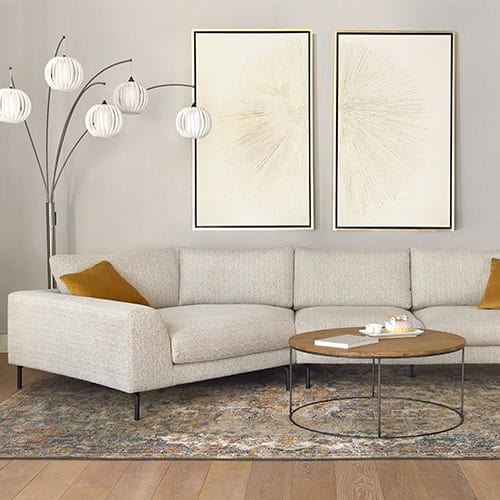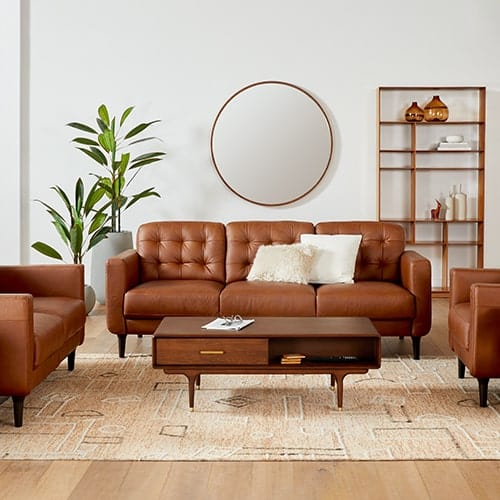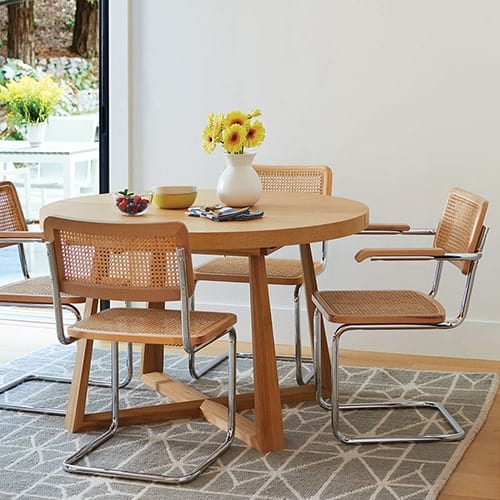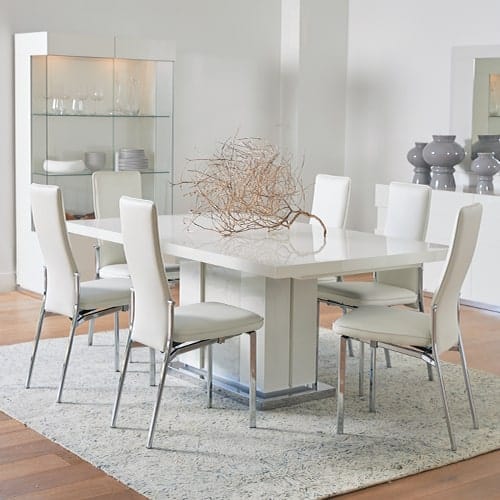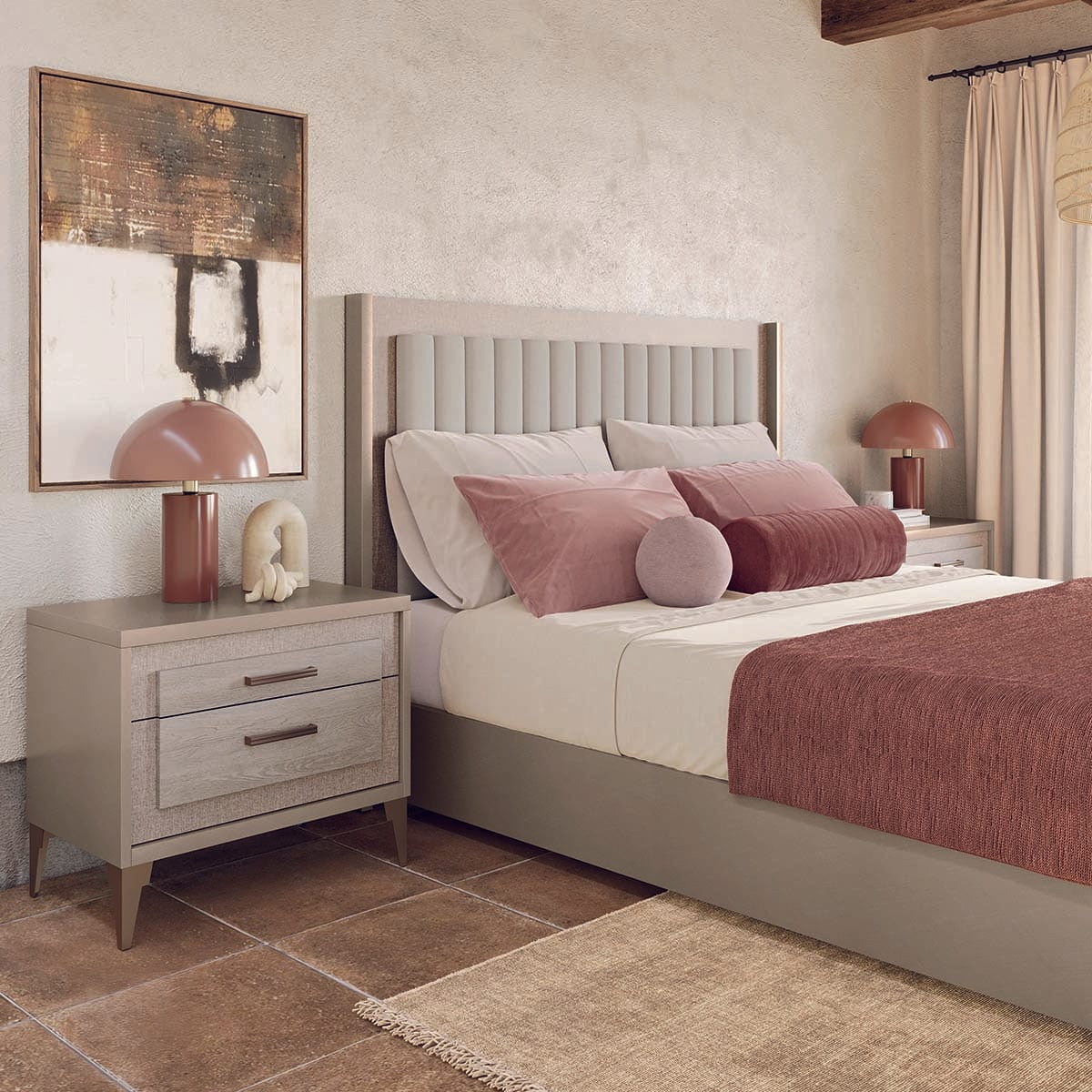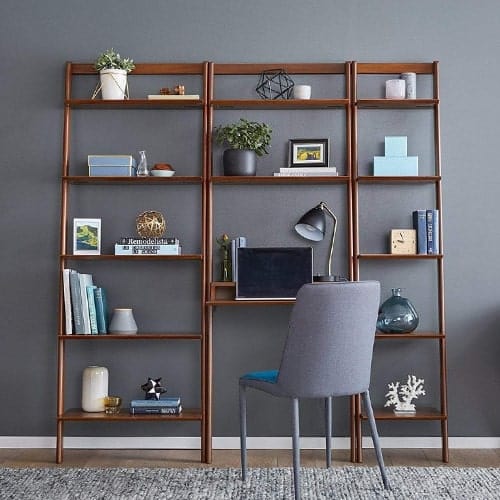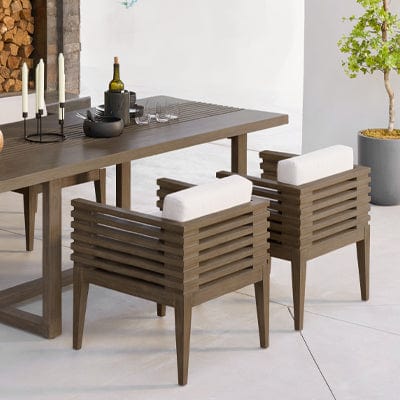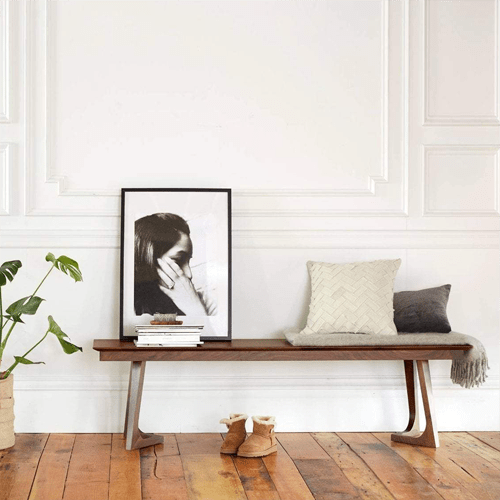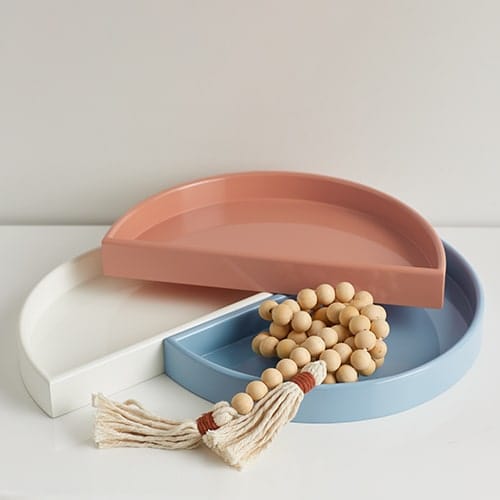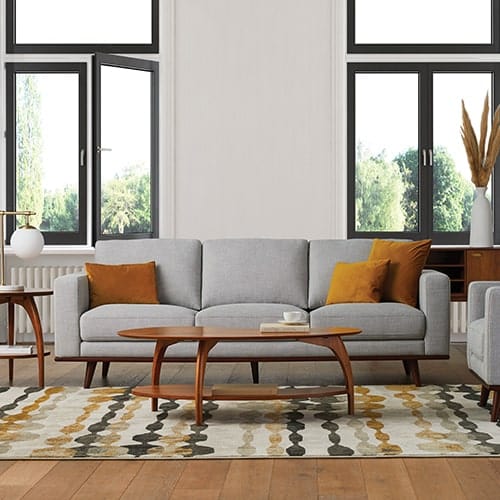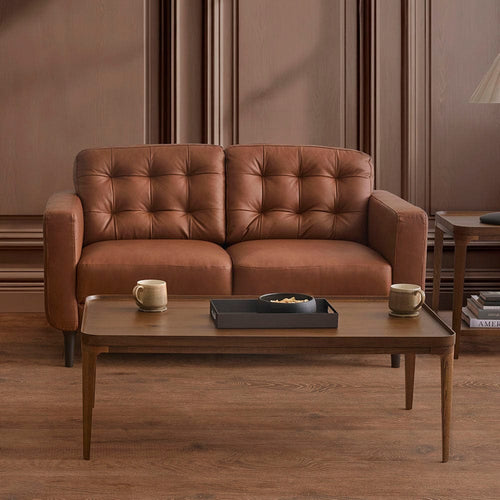Your Cart is Empty
Outdoor Care
To increase the lifespan and look of your outdoor furniture, cover your pieces when not in use. Outdoor furniture is designed to withstand the elements, but will begin to show signs of wear when left exposed.
OUTDOOR FABRIC
- Outdoor fabrics are hardy and resilient, and are designed to last well through normal wear and tear; these fabrics should resist fading, mildewing, dirt, water and staining.
- While not often needed, cleaning outdoor upholstery is usually as simple as spot-cleaning areas that need attention with mild soap and lukewarm water.
- Outdoor fabrics are designed to resist the effects of being exposed to the elements; note that like indoor fabrics, outdoor upholstery will look more weathered the longer it is used and left exposed to the elements.
- Maximum fading will be seen when pieces are left consistently exposed to the sun; exposure to UV rays can cause outdoor fabric fibers to react and break down, leaving pieces faded. Remember to shift throw pillows or decorative objects that you place on top of your outdoor upholstery so that your pieces will not have uneven fading or splotchy areas.
- To prolong the life and look of your outdoor furniture, keep upholstered pieces covered or stored when they're not in use.
OUTDOOR WOOD
To increase the lifespan and look of your outdoor furniture, cover your pieces when not in use. Outdoor furniture is designed to withstand the elements, but will begin to show signs of wear when left exposed.
Untreated teak outdoor furniture is quite durable, and naturally resists rot and decay. When left outside over a period of time, teak wood will gain a silvery patina; this patina is cosmetic, and is unrelated to the integrity of the piece. While treatment of any kind is not required, levels of care can be applied to ensure top quality and an elongated overall lifespan.
To clean teak, begin by hosing it down. Using a soft, plastic brush, scrub with a cleaning solution. Rinse with water and let it dry; note that because of the high oil content, teak pieces may need 2-4 hours to dry completely.
Oiling helps to retain teak's natural golden color. After the teak is clean and dry, lightly sand the surface. Apply teak oil with a soft brush or lint-free cloth, soaking up excess oil. Let oil absorb and dry before repeating the process: note that drying can take up to 4 hours. Continue to apply coats of oil until it is no longer soaking into the teak.
Teak sealant helps to preserve teak's natural golden color. To seal, first clean the teak. After the teak is clean and dry, lightly sand the surface. Use a soft brush, plastic spray bottle or lint-free cloth, and brush sealant onto the teak surface in the direction of the wood grain. Be sure to let the teak thoroughly dry before applying a second coat.
Repeat every few months, or when teak furniture starts to develop a patina.

